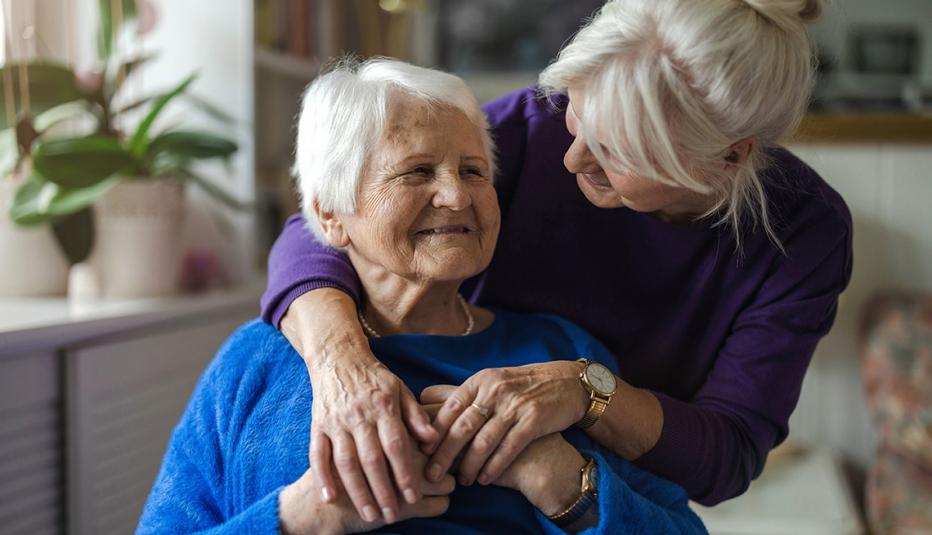AARP Hearing Center
Millions of adults are caregivers, providing ongoing care to a relative or family member with a medical condition or disability. While caregiving can be deeply rewarding, it also brings significant emotional, physical and financial challenges.


Respite care is designed to give caregivers a much-needed break, offering the promise of relief and restoration. Yet, as our recent focus groups revealed, most caregivers have never used formal respite care, and for many, the term “respite care” was unfamiliar until explained during our discussions. Once they understood, most realized they had relied on informal help from friends or family, but few had ever tried formal, paid support.
Why Is Respite Care So Hard to Use?
Caregivers described a complex mix of emotions when considering taking a break. Asking for informal care can bring feelings of guilt or anxiety. The idea of seeking formal respite care introduces additional concerns about cost, trust and the quality of care. These emotional and practical barriers shape the caregiving experience and help explain why so few take advantage of respite care services.
Caregivers told us that asking for help can feel like admitting failure. Guilt and cultural expectations run deep, especially in Black, Hispanic and Asian families, where caring for loved ones is seen as a family duty. One participant shared, “If I ask for help, I feel like I’m betraying my responsibility.”
For formal respite care, cost and access are major hurdles. Many insurance plans do not cover respite care and these services can be too expensive for caregivers to use regularly. One caregiver explained, “These services are not at all cheap, and when it comes to keeping somebody for maybe eight hours a day, it’s definitely too expensive.”
Trust is another challenge. Caregivers worry about leaving loved ones with strangers and about the quality and consistency of care. Even when taking a break, many spend that time worrying about their loved one.
What Would Make Respite Care Easier?
Caregivers suggested several ways to make respite care more accessible and appealing:
- Reduce the stigma around asking for help and share positive stories of how respite care can help families thrive.
- Make information about services, costs and provider vetting easy to find and understand.
- Customize services to meet family needs, including language and cultural preferences.
- Ensure consistent staffing so caregivers can build trust with providers.
- Use technology to simplify scheduling and communication.
- Offer community support for paperwork, insurance and financial aid.
- Educate caregivers early, before a crisis hits, so they can plan ahead.
Moving Forward
Respite care has the potential to support caregivers and improve the quality of care for loved ones. But to realize that potential, we need to address the emotional, cultural and practical barriers that stand in the way. By listening to caregivers’ stories and acting on their suggestions, we can help make respite care a more normal and more accessible part of the caregiving journey.
Methodology
Nine online focus groups were conducted in December 2024 with caregivers age 25 and older who were primary unpaid caregivers for adults. Groups included both users and nonusers of formal respite care.
For more information, please contact Terri Guengerich at tguengerich@aarp.org. For media inquiries, contact External Relations at media@aarp.org.



































































